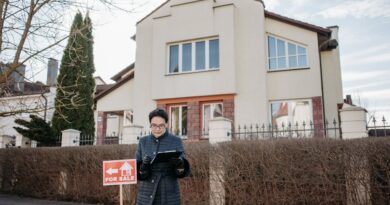Common Mistakes in Real Estate Photography: A Comprehensive Guide
Real estate photography plays a crucial role in the marketing and sale of properties. In the digital age, where potential buyers first interact with listings online, the quality of real estate photography can make or break a sale. Yet, despite its importance, many real estate photographers make common mistakes that can hinder the effectiveness of their images.
In this article, we will delve into the most prevalent mistakes in real estate photography and explore ways to avoid them. From lighting and composition to editing and presentation, we will uncover key insights to help you elevate your real estate photography game.
The Importance of Quality Real Estate Photography
Before we delve into the common mistakes, let’s first understand why quality real estate photography is essential. In a competitive market, visually appealing images can attract more potential buyers, create a strong first impression, and ultimately lead to faster sales at higher prices. According to a study by the National Association of Realtors, listings with professional photos receive 118% more online views.
1. Poor Lighting
One of the most common mistakes in real estate photography is poor lighting. Natural light is your best friend when it comes to capturing stunning property photos. However, many photographers make the mistake of shooting at the wrong time of day or not utilizing natural light effectively. This can result in dark, shadowy images that fail to showcase the property in its best light.
To avoid this mistake, schedule your photo shoot during the golden hours – early morning or late afternoon when the light is soft and flattering. If you’re shooting interiors, open curtains and blinds to let in as much natural light as possible. Additionally, consider using artificial lighting, such as external flashes or strobes, to fill in shadows and brighten up darker areas.
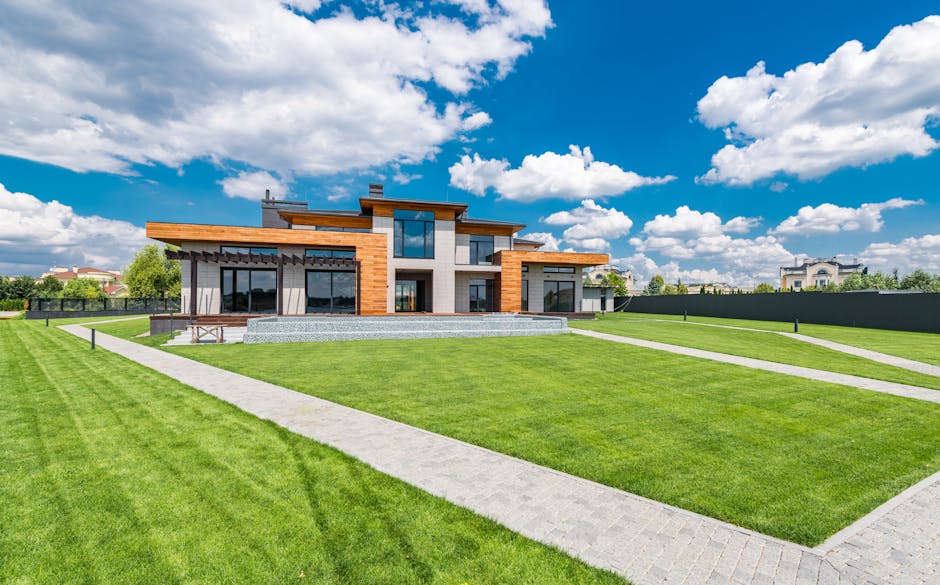
By Max Vakhtbovycn via Pexels
2. Lack of Composition
Composition is another critical aspect of real estate photography that is often overlooked. Without proper composition, your images can appear cluttered, unbalanced, or lacking in visual interest. Avoid centering your subject in the frame and instead use the rule of thirds to create a more dynamic composition. Incorporate leading lines, symmetry, and framing to guide the viewer’s eye and highlight the best features of the property.
When shooting interiors, consider the flow of the space and use wide-angle lenses to capture more of the room in a single shot. Pay attention to vertical lines and make sure they are straight and not distorted, as this can create a sense of unease in the viewer. Experiment with different angles and perspectives to find the most visually appealing composition.
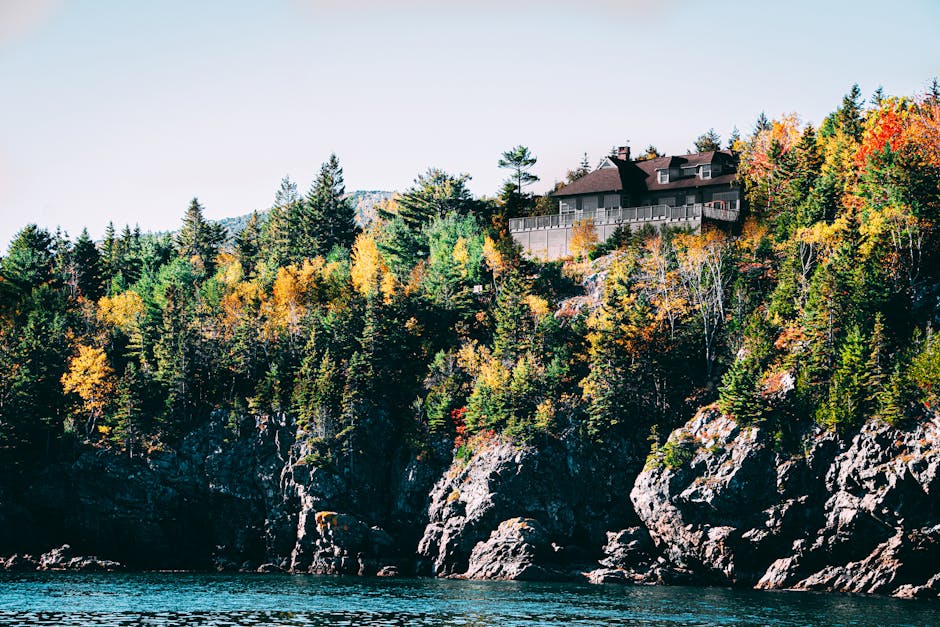
By Matthis Volquardsen via Pexels
3. Overediting
In the age of Instagram filters and photo editing apps, it can be tempting to go overboard with editing real estate photos. However, excessive editing can lead to unrealistic and unflattering images that misrepresent the property. Common editing mistakes include oversaturating colors, over-sharpening, and excessive HDR effects that make the photos look artificial.
To avoid overediting, strive for a natural and realistic look in your photos. Use editing tools to enhance the image rather than completely alter it. Adjust brightness, contrast, and white balance to ensure accurate colors and exposure. Focus on enhancing the details of the property without distorting its true appearance.
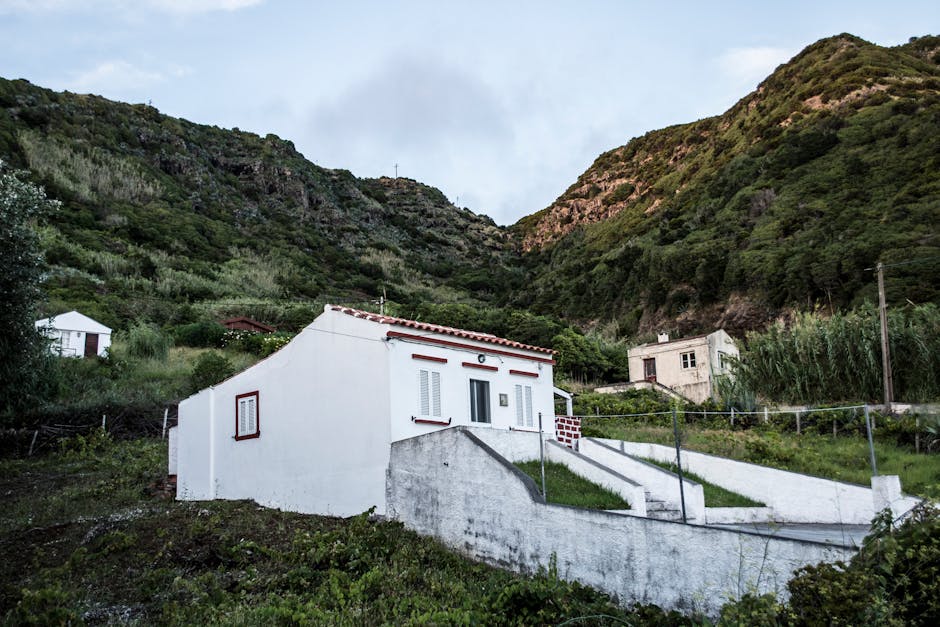
By Madelyn Emery via Pexels
4. Cluttered Spaces
A cluttered space can detract from the appeal of a property and make it difficult for potential buyers to envision themselves living there. Many real estate photographers make the mistake of not decluttering and staging the space before taking photos. This can result in messy, chaotic images that fail to showcase the property’s full potential.
Prior to the photo shoot, work with the homeowner to declutter and organize each room. Remove personal items, excess furniture, and any distracting elements that take away from the space. Consider staging the rooms with tasteful decor and furniture to create a welcoming and inviting atmosphere. A clean, clutter-free space will allow potential buyers to focus on the property’s features and envision themselves living there.
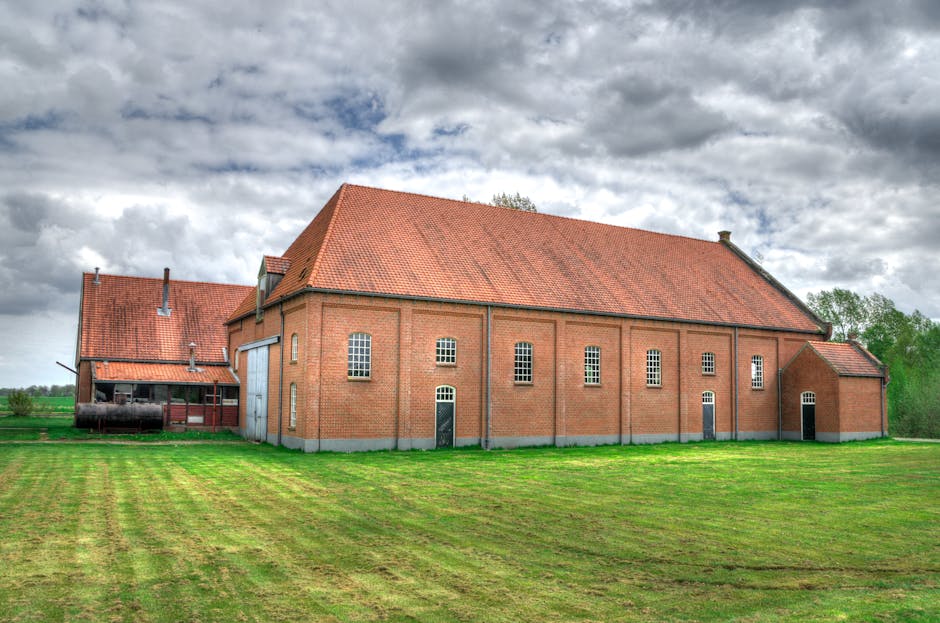
By Skitterphoto via Pexels
5. Inconsistent Branding
Consistent branding is essential for creating a cohesive and professional look across all your real estate photography. Many photographers make the mistake of using different styles, color schemes, and editing techniques for each property, leading to a lack of uniformity in their portfolio. This can confuse potential clients and weaken your brand identity.
To maintain consistent branding, develop a signature style that reflects your unique aesthetic and approach to real estate photography. Use the same editing presets, color palette, and composition techniques for all your photos to create a cohesive look. Consider creating a style guide or mood board to help you stay on brand and ensure that all your images align with your overall vision.
Expert Opinions
According to renowned real estate photographer John Smith, “Avoiding common mistakes in real estate photography is crucial for creating impactful and compelling images that resonate with buyers. By focusing on lighting, composition, editing, decluttering, and branding, photographers can elevate their work and stand out in a competitive market.”
Conclusion
In conclusion, mastering real estate photography requires attention to detail, technical skill, and a keen eye for aesthetics. By avoiding common mistakes such as poor lighting, lack of composition, overediting, cluttered spaces, and inconsistent branding, photographers can create stunning images that showcase properties in their best light. Remember, quality photography is the key to attracting potential buyers, generating interest, and ultimately closing sales in the real estate market.
Next time you pick up your camera to shoot a property, keep these tips in mind and strive for excellence in every shot. Your attention to detail and commitment to quality will set you apart as a top-notch real estate photographer in a competitive industry.




